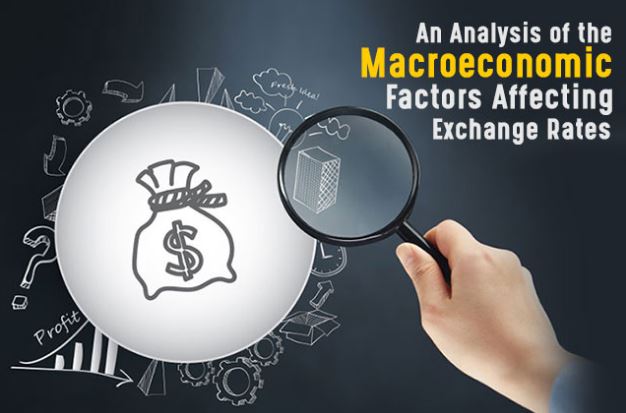Analysis Into Macroeconomic Factors Affecting Exchange Rates (2008)
The Dissertation examines macroeconomic factors affecting exchange rates with particular emphasis on the monetary approach. It uses data collected by the IMF based on the United Kingdom and the United States to test the effectiveness of the flexible-price and sticky-price monetary models, and their ability to accurately determine exchange rate behaviour. Using regression techniques, the key finding is that the existence of a link between exchange rates and macroeconomic fundamentals is very weak, and that there are other factors which are more important in determining the behaviour of exchange rates.
This project tests common standard specifications of exchange rate models using data based on the UK£/US$ exchange rate. In this study, I consider the United Kingdom and the United States, and examine the existence of a link between exchange rates and macroeconomic fundamentals. In particular, the study focuses on the two principal models of the monetary approach namely the flexible-price model and the sticky-price model, and an attempt is made to estimate the parameters of these models so as to define specific exchange rate equations. Economic models based on the determination of exchange rates frequently rely upon relationships between macroeconomic variables.
Traditionally, changes in monetary regimes have had an extreme impact on exchange rate activity. For example, the moderately slack monetary policy employed by the United States during the Carter administration played a part in the sharp decline in the dollar in 1977-78, and the sharp monetary contraction that followed drove the dollar to extreme highs in the early 1980s. The monetary approach states that the short- and long-run course that inflation rates and exchange rates take is effectively determined by national monetary policies, and that real factors only affect exchange rates implicitly to the point that they first affect the demand for money. In addition, formal expectations of exchange rates are assumed to be monetarily induced.
Unfortunately, an explanation of the facts, the monetary approach acts as a poor predictor of exchange rates in anything but the very long run, and it offers an incomplete picture of the forces which determine exchange rates. As I will discuss below, the majority of empirical evidence regards the monetary approach as a grossly inadequate explanation of exchange rate movements, due in part to the restrictive assumptions which govern the monetary model and the fact that it neglects a number of significant factors which are important determinants of macroeconomic factors affecting exchange rates.
- 10,000 words – 41 pages in length
- Good use of literature
- Excellent use of economic models
- Excellent in depth analysis
- Ideal for economics students
1. Introduction
2. Review of Literature
Stock and Flow
The Mundell-Fleming Model
The Monetary Approach
3. Review of Empirical Evidence
4. Testing the Model
5. Conclusion
6. References
List of Figures
Exchange rate determination: stock equilibrium
Exchange rate determination: flow equilibrium
The LM, IS and Balance of Payments curves
Residual plots for interest rates, inflation, money supply and output

